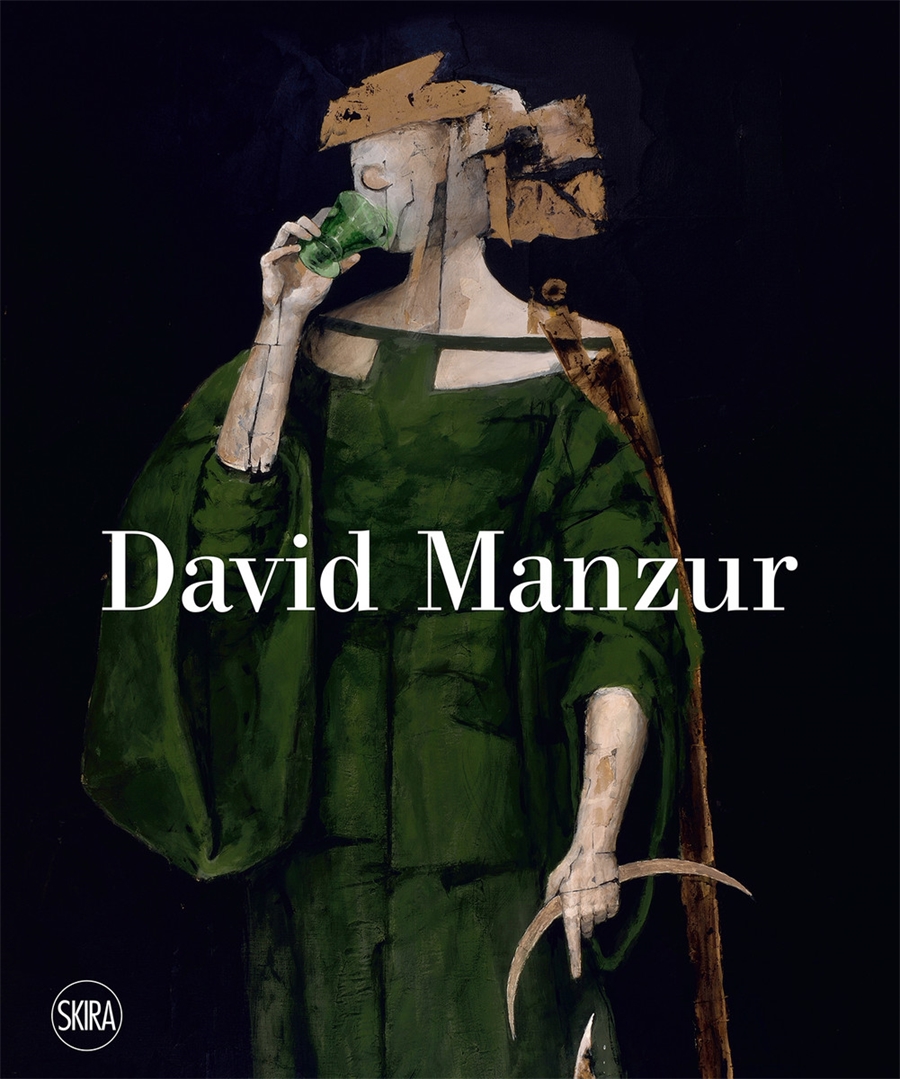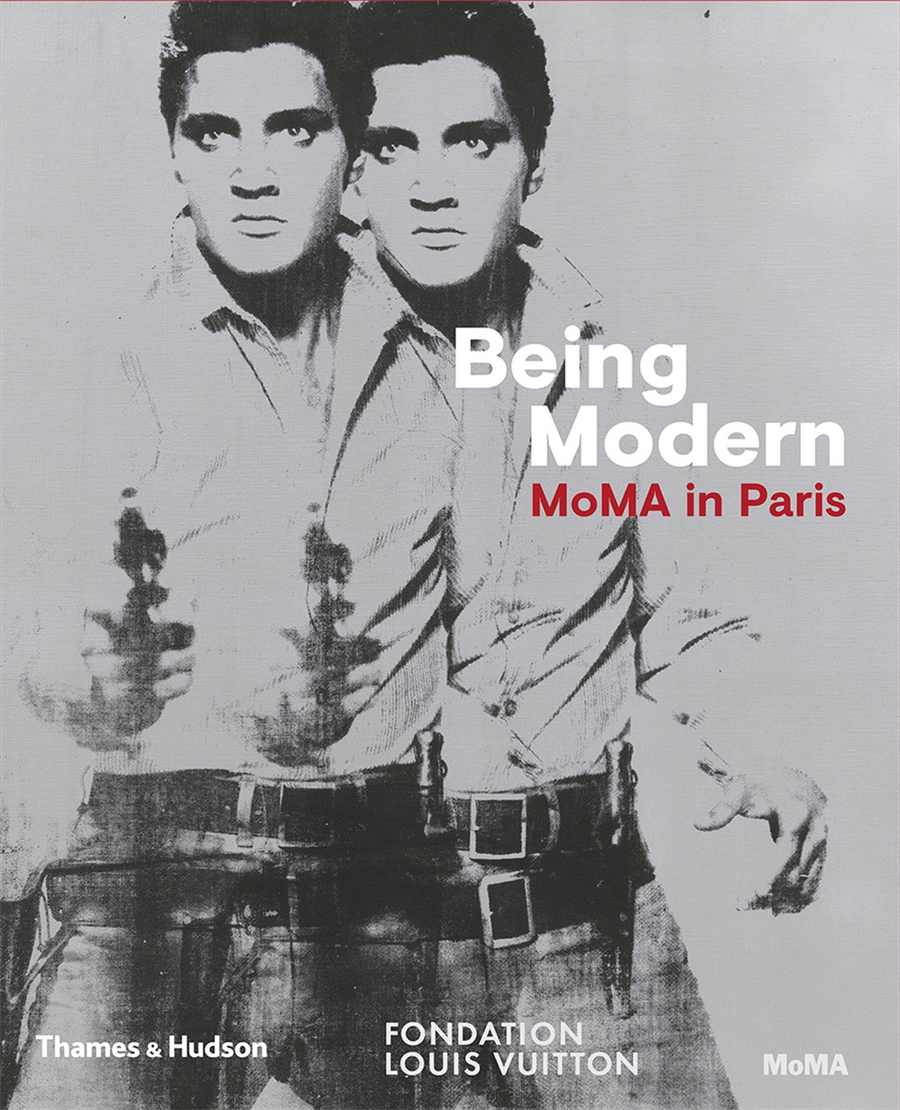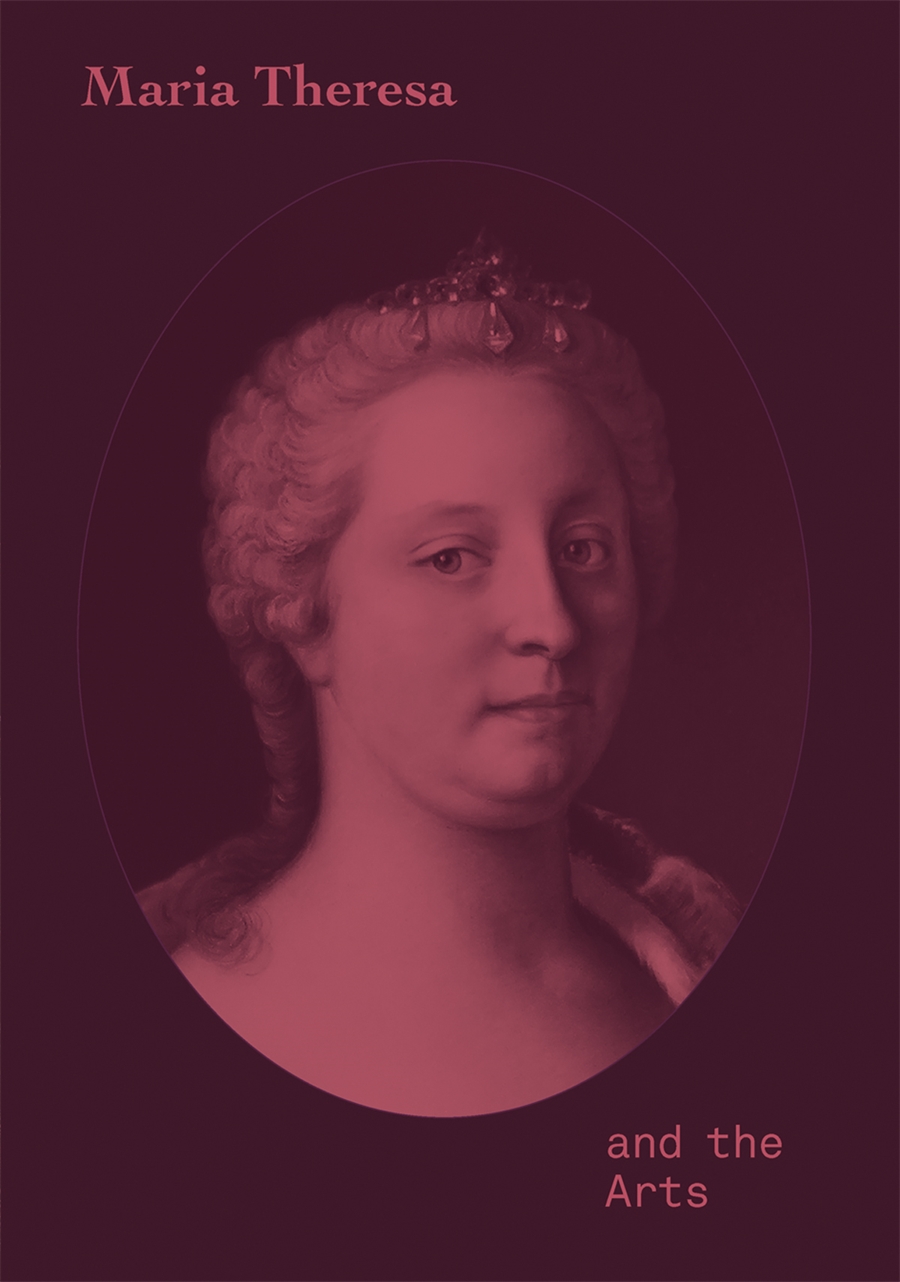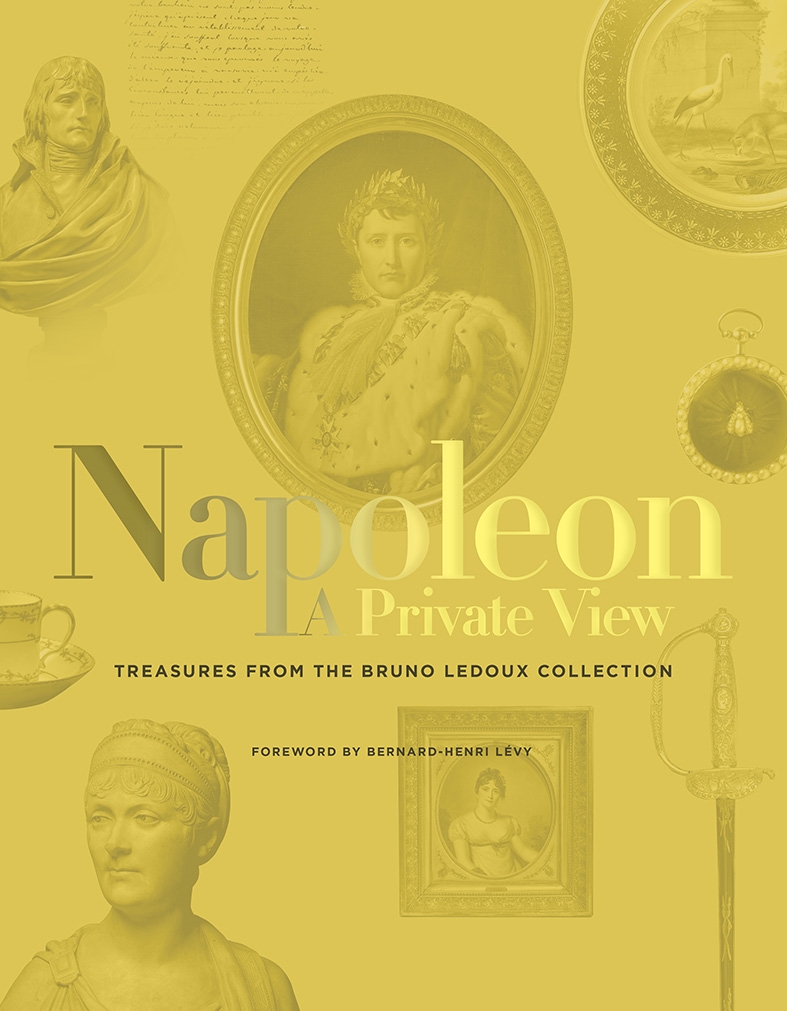Description
As a young artist, Manzur experimented with Expressionism and abstraction, but he eventually found his true passion for figurative painting. He was inspired by multiple sources including Spanish Baroque artists such as Velázquez, Zurbarán and Sánchez Cotán; 19th-century American Realists like William Harnett and John F. Peto; and Italian Renaissance artists, with whom he shares the love for the human figure. Early in his career, he developed a personal style characterized by a masterful draftsmanship, a dramatic almost theatrical use of light and color, and the juxtaposition of volumes and transparencies. His subject matter has varied over the years. From still-lives to religious characters, from portraiture to equine representations, his paintings depict staged scenes that combine reality and fantasy in an oneiric atmosphere. Most recently, his series Obra Negra focuses on three main themes: the ghostly horse, the bull and the woman in red. These monumental canvases, in which he uses a sort of assemblage to attain volume, result in compelling images that are, by far, his most magnificent to date.




Reviews
There are no reviews yet.